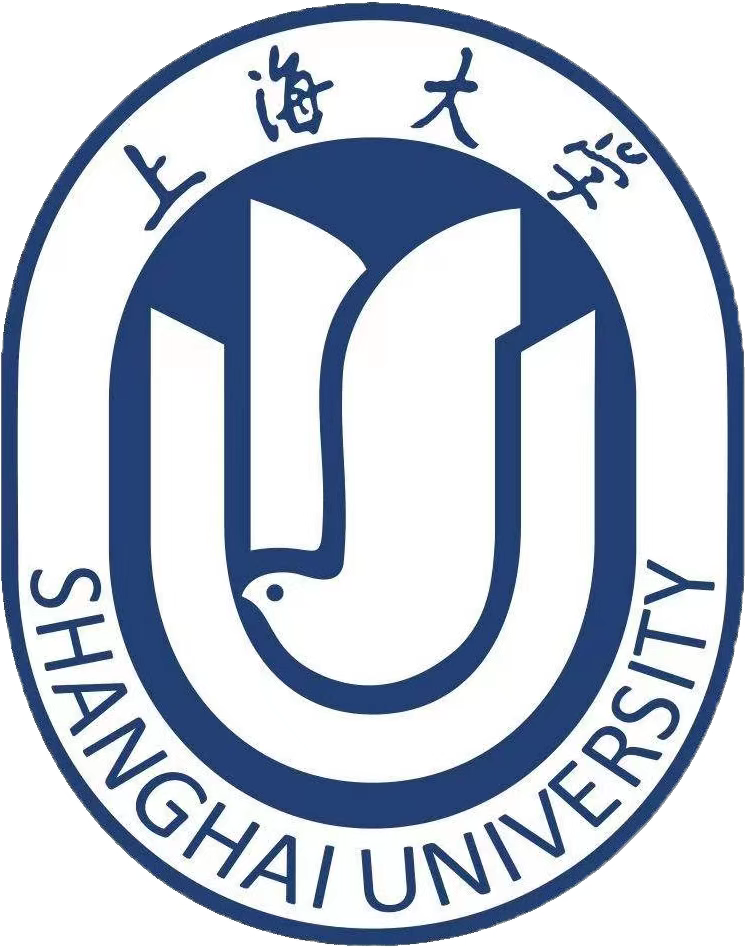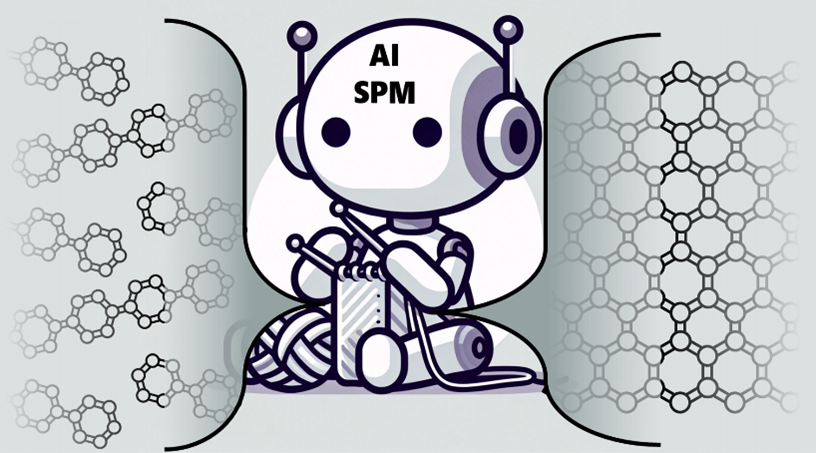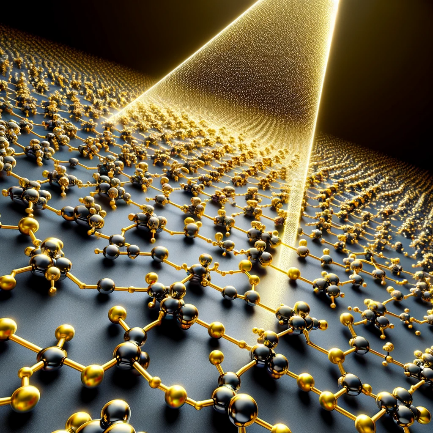
intelligent surface chemistry and nanomaterials group
智能化表面化学和纳米材料实验室

- ACS Nano 2023, 17, 20, 20194–20202.
- ACS Nano 2022, 16, 8, 13160–13167.
High-throughput preparation of surface nanostructures
High-throughput sample preparations are expected to significantly expedite the process of materials exploration and screening. It enables the discovery and characterization of functional materials with specific desired properties in a considerably shorter timeframe. The integration of advanced characterization techniques (e.g., scanning probe microscopy) with in-situ high-throughput sample preparation allows for the rapid evaluation of a vast array of low-dimensional structures. We develop high-throughput techniques for fabricating surface nanostructures under ultra-high vacuum (UHV) conditions. These techniques are specifically designed to be compatible with UHV chambers and SPM characterization methods. The primary advantage of this development is to facilitate the formation of composition-spread sample libraries on a single substrate. This enables us to systematically investigate the diversity of surface nanostructures, focusing on variations in their coverage and stoichiometry across multiple components. Such a methodological advancement allows for a comprehensive exploration of the physicochemical properties of these nanostructures, contributing significantly to the field of surface science and nanomaterials.

- ACS Nano 2023, 17, 17, 17545–17553.
Automation of molecular imaging, recognition and manipulation
Scanning probe microscopy (SPM) offers unparalleled opportunities for imaging, detecting, and manipulating objects at the atomic scale. However, this technique demands considerable expertise from researchers, with operations that are often labor-intensive and time-consuming. Moreover, data analysis in SPM can be subjective and prone to errors. Machine learning (ML) emerges as a transformative paradigm within materials science. ML has been instrumental in addressing a broad spectrum of scientific and technological challenges, including those in SPM. By integrating ML, the efficiency and accuracy of SPM in data interpretation and operational processes can been significant improvements. We aim to advancing the frontier of molecular imaging, recognition, and manipulation by synergistically combining artificial intelligence. Our primary objective is to enable the autonomous operation of SPM systems. We focus particularly on achieving unprecedented precision in molecular manipulation, a crucial aspect in surface science and nanomaterials. The success of this endeavor could mark a paradigm shift from traditional human-directed experimentation to an autonomous framework. This transition not only promises to streamline experimental procedures but also aims to significantly enhance both the controllability and accuracy of these processes. Consequently, this development could unlock new possibilities for scientific exploration and discovery at the nanoscale, presenting profound implications for the future of materials science research.

On-surface synthesis and photochemistry
On-surface synthesis targets extended nanostructures by covalent coupling of organic molecules on surfaces. The most common way to induce various reactions of precursor molecules on the surface is thermal treatment, which will however increase the possibility of forming side reactions and defective structures, thus limiting wider applications of on-surface synthesis. In contrast to the thermally triggered chemistry, photochemistry provides an alternative way to activate molecules. Light has been demonstrated to break certain covalent bonds in a less constructive but more selective and controllable fashion. Moreover, several parameters of lights can be tuned to change the reaction scenarios such as by changing the light intensity to control the reaction dynamics, by using different light wavelengths and laser polarizations to trigger specific chemical reactions. The potential of photo-induced chemistry in surface science has been widely recognized, yet its exploration remains relatively underdeveloped. Our research aims to delve into the capabilities of photochemical processes to induce on-surface chemical reactions, hoping to promote new chemistry and the realization of novel nanostructures and nanomaterials. Particular emphasis will be placed on elucidating these mechanisms, employing both theoretical and experimental methodologies, to advance our understanding of photochemistry on surfaces.

- ACS Nano 2023, 17, 17, 17545–17553.
- J. Phys. Chem. Lett. 2023, 14, 13, 3193–3198.
- Chemical Physics Letters 2023, 814, 140358.
Data mining and property prediction of low-dimensional structures
In recent years, machine learning (ML) has achieved significant progress in the design, synthesis, and property predictions of molecules and materials. One of our research topics aim to harness these ML techniques for data mining, property prediction, and the inverse design of low-dimensional materials, such as monolayer and few-layer structures. As a typical example, we tried to predict the self-assembled structures of polycyclic aromatic hydrocarbons (PAHs) on metal surfaces using ML. This was achieved using advanced algorithms of graph neural network, which is able to abstract all the relevant information necessary for characterizing the molecules/materials. We anticipate that the application of ML to these low-dimensional materials, which can be precisely fabricated through surface science methods, will significantly accelerate the screening and design of molecules. This acceleration is poised to have a profound impact on the fabrication of nanostructures and nanomaterials, enabling the development of materials with tailored properties for specific applications in electronics, photonics, and energy storage.

- Angew. Chem. Int. Ed. 2022, 61(49), e202213503.
- Molecules 2023, 28, 5387.
Applying Computer Vision in analyzing molecular images
With the advent of high-resolution imaging techniques like Scanning Tunneling Microscopy (STM), we now routinely acquire molecular images of exceptional clarity and detail. However, the interpretation of these images often still relies on labor-intensive manual analysis by researchers, which can be subjective and lacks standardized criteria. In response, machine learning has emerged as a groundbreaking tool in material science research. It facilitates efficient and automatic analysis and processing of complex data sets. Our objective in this area is to leverage computer vision methods to evaluate, process, interpret, and even generate image data. The application of computer vision promises significant improvements in the analysis of surface nanostructures at the molecular level. It offers advantages in terms of efficiency and standardization over traditional manual methods, which are often time-consuming and inconsistent. This approach could revolutionize our understanding of molecular interactions and surface phenomena, although challenges such as algorithmic development and data integration remain. Case studies, such as automated recognition of molecules in scanning-probe-microscopy images, underscore the transformative potential of integrating machine learning with high-resolution molecular imaging in material science.
Links to the STM groups working on molecules:
